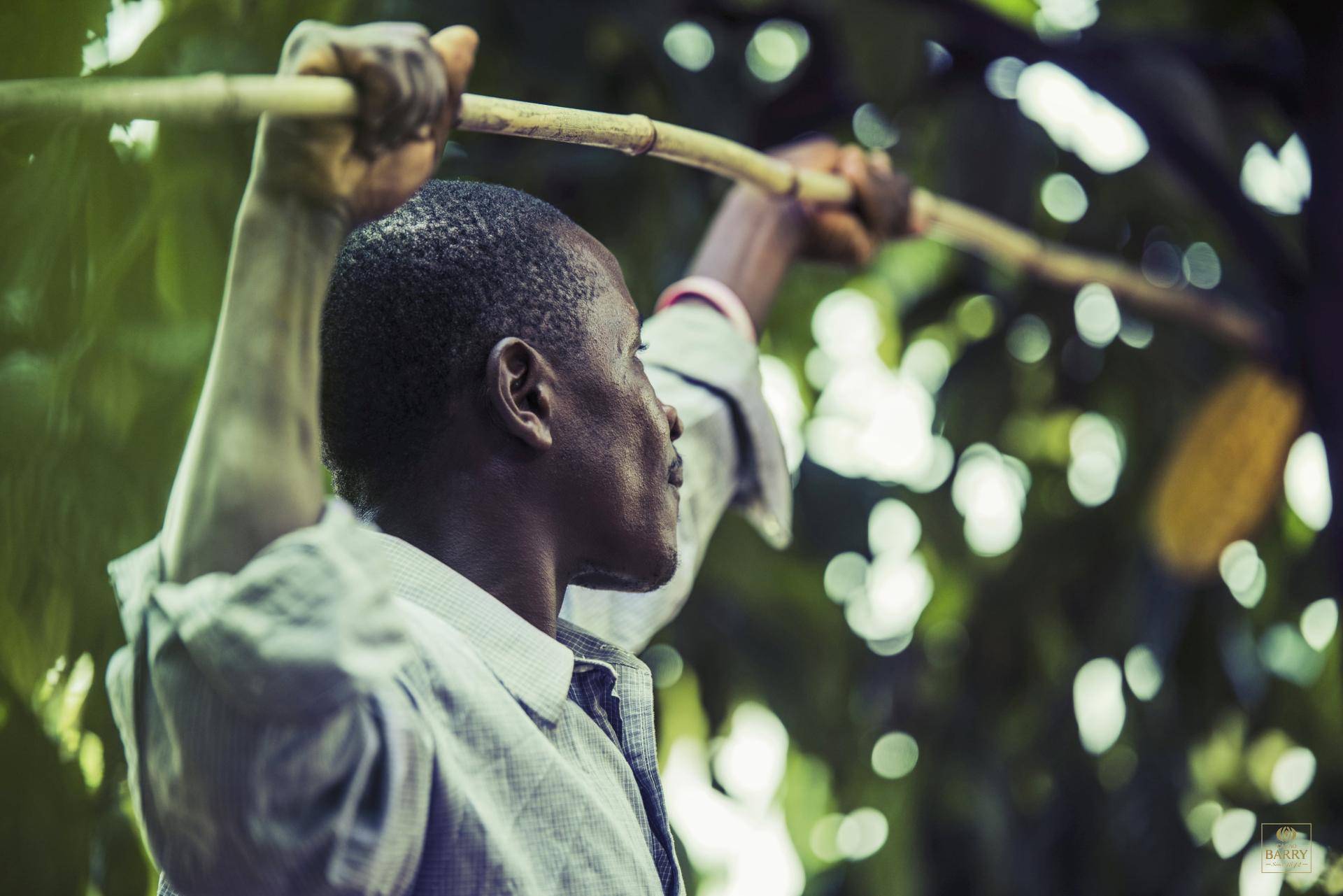Disclosing our direct cocoa suppliers in Côte d’Ivoire, Ghana and Cameroon

Disclosing our direct cocoa suppliers in Côte d’Ivoire, Ghana and Cameroon
Barry Callebaut has reached a new milestone in our plan to build a sustainable cocoa supply chain, we are disclosing our direct cocoa suppliers in Côte d’Ivoire, Ghana and Cameroon. This map shows the location of cooperatives and buying stations we are directly sourcing our cocoa from. By publicly sharing this information, we are contributing to transparency and traceability in our cocoa supply chain. This data also demonstrates the evolution of our data collection capabilities and our confidence in the robustness of our data.
The map includes geographical data on cooperatives and districts in Côte d’Ivoire, Ghana and Cameroon. Each pin point on the map details the geographical location, cooperative or district name, certification scheme and the number of farmers we are sourcing from in our supply chain. We will continue to update this map as part of our continuing progression towards a more transparent supply chain.
By disclosing our direct cocoa suppliers in Côte d’Ivoire, Ghana and Cameroon, we are driving a transparent and traceable cocoa supply chain.
Mapping farms to protect forests
We committed under Forever Chocolate to make sustainable chocolate the norm by 2025. One important pillar of this plan is the elimination of deforestation from our supply chain. Mapping is a critical step to ending deforestation, because it shows if the farm is located in a protected forest area, and allows us to exclude cocoa purchases from farms fully or partly located within a protected area boundary.
The opening up of the geographical location of the cooperatives and districts we are directly sourcing from to public scrutiny, is proof of the robustness of our approach to exclude cocoa grown in protected forest areas from our direct supply chain
Mapping farms to support farmer livelihoods
We are combining the geographical mapping of cocoa farms with farmer census interviews. This combination not only provides us with key insights into the geographical location of the farm, but also the farm size, crops grown, as well as the household composition and income of thousands of cocoa farmers and their farms.
As of the end of 2018/19, we mapped the geographical location, as well as the size of 295,383 cocoa farms which are captured in our Katchilè database. We also conducted census interviews with 229,142 cocoa farmers, capturing socio-economic and household data.
This unprecedented collection of farmer data has also allowed us to individualize our Farm Business Plans. These are designed to enable farmers to develop their cocoa farms into rehabilitated, diverse and professionally run farms over a period of several years. The plans offer specific advice on the best mix of seedlings and fertilizers and help farmers to access labor and inputs on credit. In 2018/19, over 16,000 farmers have adopted Farm Business Plans.
How does this data help us and the farmers we source from? To read more please visit our latest Forever Chocolate Progress Report.
